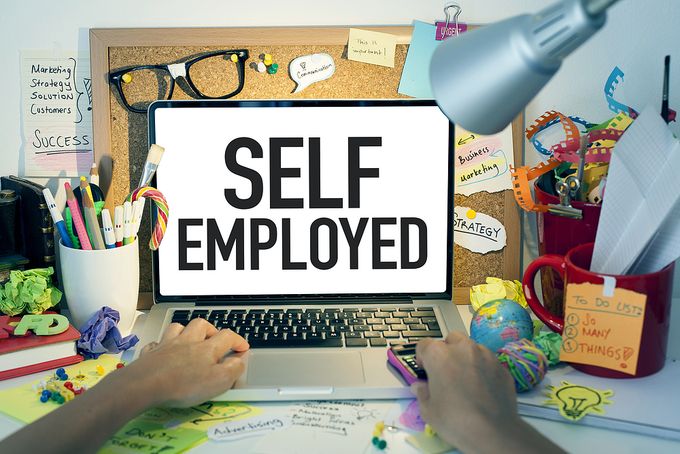The level of self-employment in the UK has gone from strength to strength, rising from 3.8 million in 2008 to 4.6 million in 2015.
The rise is indicative of the UK’s economic recovery, although the trend towards self-employment started at far back as the early 2000s.
This is according to the latest report by the Office for National Statistics (ONS) which also suggests that, in general, self-employed workers are broadly content with their labour market status.
Relatively few report negative reasons for becoming self-employed, few indicate that they are looking for alternative employment and among the part-timers, many respondents report that they would prefer not to work full-time. Evidence of under-employment is strongest among younger, male workers, who display a greater degree of dissatisfaction.
Economic policy adviser at the Association of Independent Professionals and the Self Employed (IPSE) Lorence Nye claimed that IPSE’s own research has also found soaring numbers of self-employed https://xanaxtreatanxiety.com workers. In fact, freelancers alone contribute £109bn to the UK economy every year.
Nye said: “The self-employed now make up 15% of the labour market compared to 13% in 2008, and the vast majority of these workers made a positive choice to become their own boss.
“The research also shows that the self-employed are generally happy with their situation. This was reflected by IPSE’s members, the vast majority of whom (86%) said they’re very satisfied with self-employment. Only 2% want to work as an employee. Their reasoning is clear; being your own boss gives you the flexibility to achieve a better work-life balance, take on the work you want, and ultimately improve your general wellbeing.”
Nye also called on the incoming government to pay attention to this ever-growing segment of the labour market, and introduce new policies tailored towards the self-employed to give them a competitive edge.



